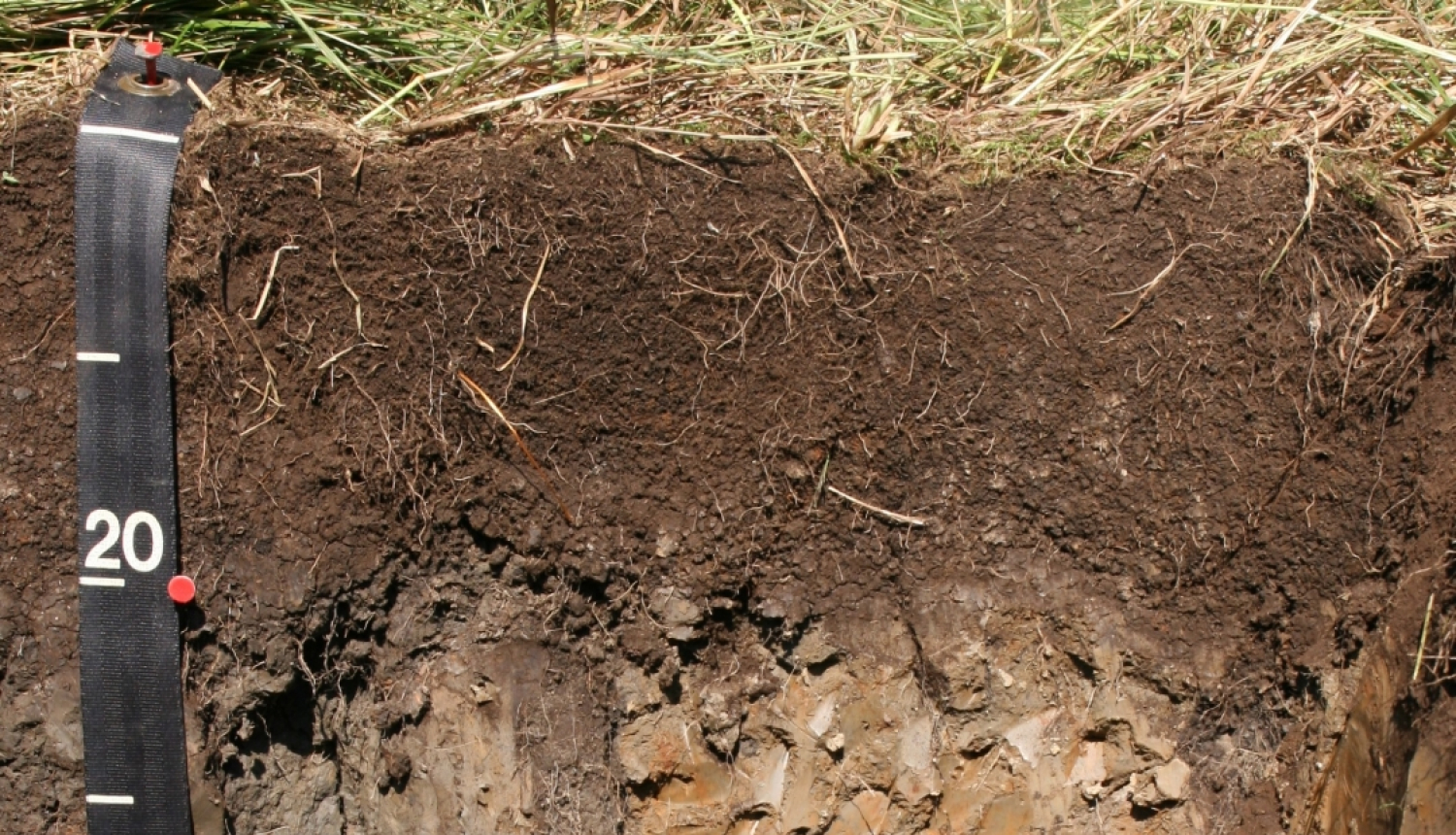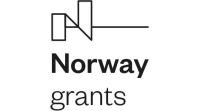The perception of the spread of peat-soil and the characteristics of peat-soil in agricultural land in Latvia is changing. 'Due to both mineralisation and earth settling, characteristics of peat-soil has changed, and the current situation is different from the historical situation, recorded in previous soil exploration work in the last century,' concluded scientists from the University of Latvia Faculty of Geography and Earth Sciences (LU GZZF), surveying 240 of the 487 historic peat-soil deep excavation sites in agricultural land. Historic deep excavations of soil were carried out from 1960 to 1991 throughout the territory of Latvia, which also forms our current perception of the characteristics of peat-soil in Latvia in agricultural land.
During a two-year study of soil in the project “Enhancement of sustainable soil resource management in agriculture”, scientists at LU GZZF have so far surveyed 240 historic deep excavations of soil, showing at least 30 cm thick peat layer during the previous study phase. Today, only 152 profiles have a peat layer thickness of more than 40 cm, while 34 sites have a peat layer thickness of 30 to 40 cm, 26 sites have a peat layer thickness of less than 30 cm, while 28 profiles did not show peat at all. By compiling all 240 historical deep excavation data currently prepared, it is concluded that only 152 out of 240 soil sites are to be referred to as peaty.
Data of field works show that part of the historic peat-soil has undergone peat settling and mineralisation. However, some of the former peat-soils cannot be classified in this way anymore, because currently changes are also taking place in Latvia's soil classification criteria, updating them and linking them to the International WRB Soil Classification of 2022 as far as possible. According to it, only soil with a layer thickness of at least 40 centimetres shall be considered to be peat-soil. But these two factors cannot fully explain the differences between project data and historical data, such as the 28 sites surveyed where the peat-soil was not detected at all. To fix the problem, the project is also working on a new peat-soil spreading map, which will combine field work with state-of-the-art technologies - satellite data, modelling and machine learning. More about this approach was told at the mid-term conference of the project on August 31, 2022. The new distribution map will provide up-to-date and more objective information on the peat-soil resources used in agriculture all over the territory of Latvia.
The Ministry of Agriculture, which is the responsible partner of the project “Enhancement of sustainable soil resource management in agriculture” (E2SOILAGRI), is very grateful to all landowners and managers and county municipalities for their support, real interest and high responsiveness as scientists carry out soil mapping work! Latvia's soil exploration will continue until January 31, 2024.
The scientists of LU GZZF have carried out an extensive field work in order to obtain data on the distribution of soil, including peat-soil in Latvia, to perform data analysis and soil mapping, as well as to update information, regarding the soil used for agriculture in Latvia. Field work is ongoing and the remaining 247 historic peat-soil deep excavation sites will be surveyed over 2023. The activity to be carried out by LU GZZF “Development of reliable state-specific soil information on agricultural land” is part of the Norwegian Financial Instrument project “Enhancement of sustainable soil resource management in agriculture” (E2SOILAGRI).
The partners of the Ministry of Agriculture in implementation of the pre‑defined project “Enhancement of sustainable soil resource management in agriculture” of the Norway Grants Climate and Environment Program 2014 – 2021 “Climate change mitigation, adaptation to them and the environment” are the Norwegian Institute of Bioeconomy Research, the Latvian State Forest Research Institute SILAVA, the State Plant Protection Service and the University of Latvia.
The planned project budget is EUR 1,83 million, including the Norway grant EUR 1,56 million and EUR 0,27 million - the national co-financing.
We are working together for a green Europe!




